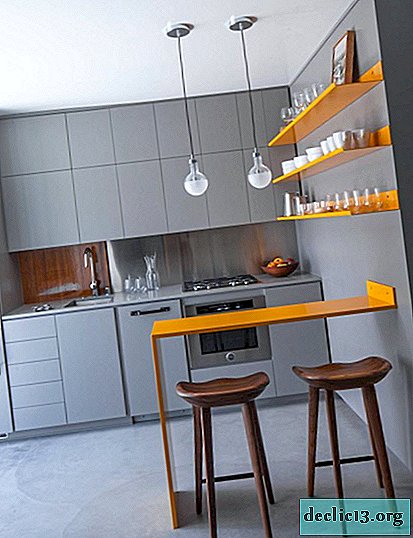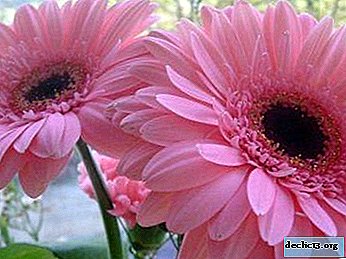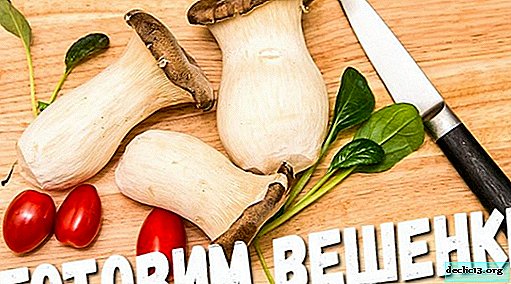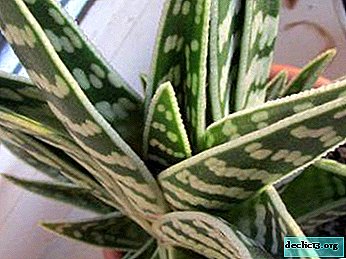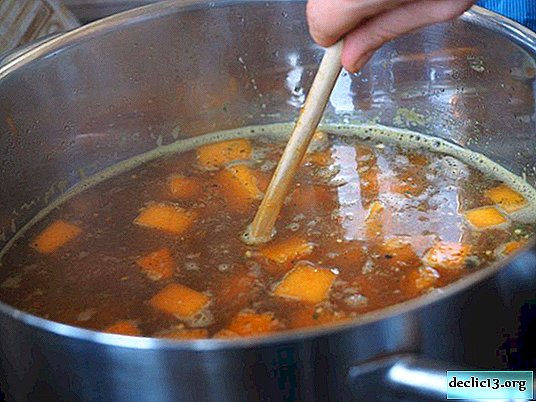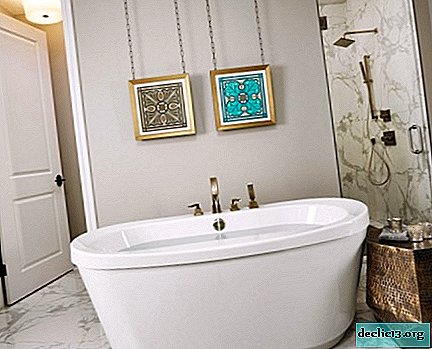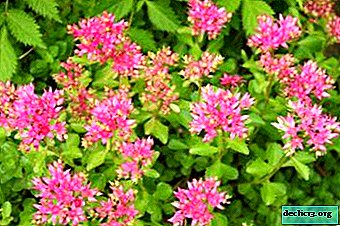Description and photo varieties of hibiscus white. How to care for flowers and other nuances
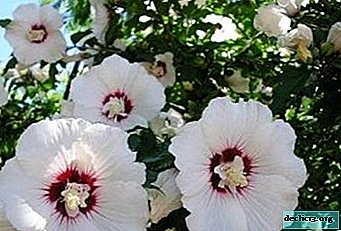
White hibiscus is a popular culture that has become widespread throughout the world.
It is distinguished by its magnificent flowers; both annual and perennial can be grown.
In the article, we consider what varieties exist, what care is needed for growing, how it propagates, and also what diseases and pests can affect this flower.
Description and photo varieties
The botanical name of the plant is Hibiscus. Belongs to the family Malvaceae, homeland is China. It is an evergreen shrub, the height of which reaches 90 cm. It has smooth dark green foliage. Several dozens of flowers can be formed on one bush. The following is a description of some varieties and photos.
Volatile
This species is represented by deciduous shrubs having an erect trunk. Hibiscus got this name because of the variability of the color of the buds, first they are white and then pink. Flowers can be simple or double. The leaves are lobed, very large.

Kenaf (hemp)
This plant is very similar to reed. It is in great demand in tropical countries, because there it is grown for the sake of spinning fiber. His flowers are white, large, leaves are dark green in color.

Old Yella
This is a strong bush with strong shoots 100-120 cm high. The leaves are green, pinnate, maple-shaped and with purple hues in sunlight. The color of the flowers is white or cream, and the core is red.

Care
Lighting
White hibiscus prefers diffused sunlight, therefore, for its cultivation, it is worth choosing a bright place, but protected from the sun at noon.
If you grow a plant as a houseplant, then for flowerpots located on the windowsills, you need to provide a fabric screen. On the garden plots choose the south, east or west side.Temperature
In the spring-summer period, the temperature regime + 22 ... + 25С remains optimal for the normal development of the plant. With the onset of autumn, the temperature should be reduced to + 16C, and in winter - to + 14C.
Priming
For growing hibiscus white soil can be purchased in a specialized store or prepared independently, if you mix in equal proportions such components:
- turf, leaf and peat land;
- sand.
Pot
 For this plant, it is important to choose the right capacity:
For this plant, it is important to choose the right capacity:
- The size of the pot should be suitable for the number of seedlings, its height should not exceed 10 cm.
- It is better to use ceramic flower pots or wooden tubs.
- After purchase, it is advisable to soak the pot for 2 hours in boiling water.
Watering
White hibiscus prefers moist soil, therefore, in the summer it should be abundantly moistened - 2-3 times a week. If the soil is overdried, this leads to wilting and dropping of leaves. Water should be settled, because the leaves turn yellow from the tap at the flower.
Top dressing
This plant needs regular nutrient intake, especially in the spring and summer. To use this requires complex fertilizers. Make them every 1-2 weeks. You can alternate mineral compositions with organic.
Pruning
In spring, you need to regularly trim the hibiscus. This will allow you to get a dense and lush bush, as well as abundant flowering.
To form lateral shoots, long branches will have to be bent to a horizontal position and so fixed. This will stimulate the formation of new branches from sleeping buds.Transfer
It is possible to transplant a plant only after it fades. Do this every spring, increasing the diameter of the pot by 5-7 s. Procedure:
- Moisten the flower slightly and carefully remove it from the old pot. Clean the soil from the soil and inspect them for damage.
- Place a layer of drainage and a little soil in a new container. Center the plant and add fresh soil, tamping it lightly.
- At the end, the flower needs to be watered.
Wintering
For wintering, plants need to choose a cool place. In this case, the degree of illumination does not matter. In winter, you do not need to fertilize and rarely water - once every 2-3 weeks.
Propagation Features
 White hibiscus breeds in 2 ways:
White hibiscus breeds in 2 ways:
- The seeds. You need to start landing in early February. Before this, the seeds should be soaked in a dark pink solution of potassium permanganate for 30 minutes, and then for a day in Epin's solution. Git planting material is planted in a container pre-filled with a substrate consisting of sand and peat. As soon as the first sprouts appear, white hibiscus can be transplanted into separate containers.
- Cuttings. It is worthwhile to carry out the separation of cuttings from a plant with several internodes in the summer. Sections of cuts must be treated with a growth stimulator. Cuttings are planted in greenhouses with peat substrate. Rooting takes place over the course of a month, and then you can transplant them into separate pots.
Diseases and Pests
Most often, white hibiscus can affect the following diseases:
- non-infectious chlorosis - the flowers turn yellow, and the leaves fall, prevention requires regular fertilizer application;
- infectious chlorosis - the plant withers and weakens, it must be washed in the shower, covering the soil with a bag, and quarantined;
- vascular wilting - leads to the death of the flower, it is practically impossible to cure it.
Of the pests, the danger is:
- aphid is a small inactive insect that eats the juice of a plant, as a result of which yellow spots appear on the leaves;
- spider mite - located on the underside of the leaves, breaks them with a cobweb.
Similar flowers
The following plant species are like white hibiscus:

- Gardenia - the aroma is similar to jasmine. The flowers are large, cream or white.
- Terry Adenium. The plant is distinguished by huge olive leaves and graceful flowers, the color of which can be from red to white.
- Petunia. This is an unpretentious crop that can be grown on the windowsill or in the open ground.
- Geranium. It can grow on a windowsill, flowerbed or balcony. The color of the flowers can be lilac, white, pink and red.
- Plastikodon. The flowers look like big bells. Their color is white or dark purple.
White hibiscus is a very beautiful plant, which, with proper care and compliance with all growing conditions, will delight with abundant and long flowering. And timely prevention will be an excellent protection against pests and diseases.

